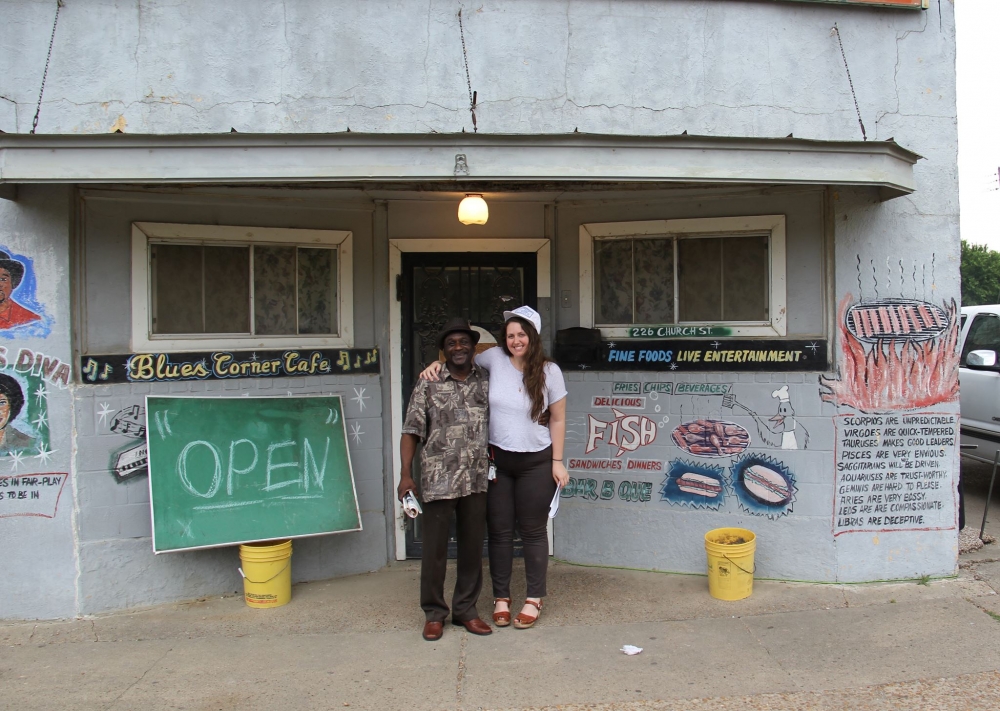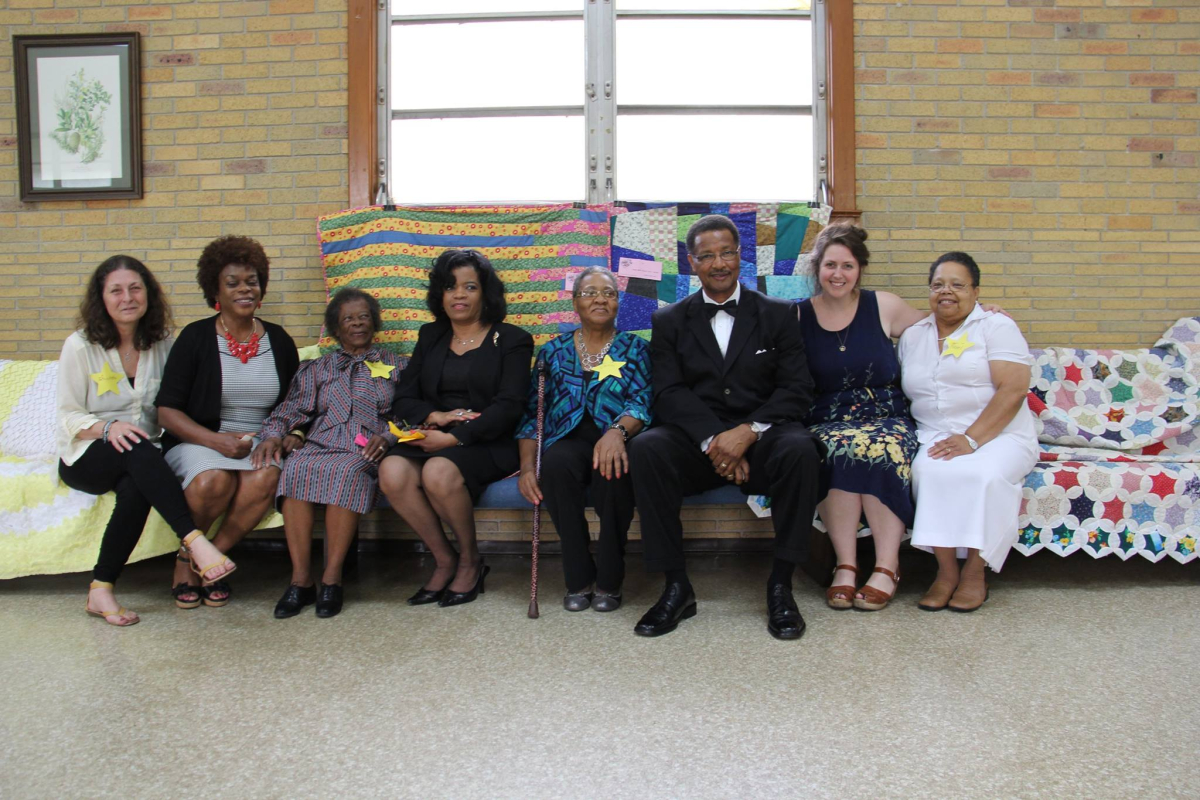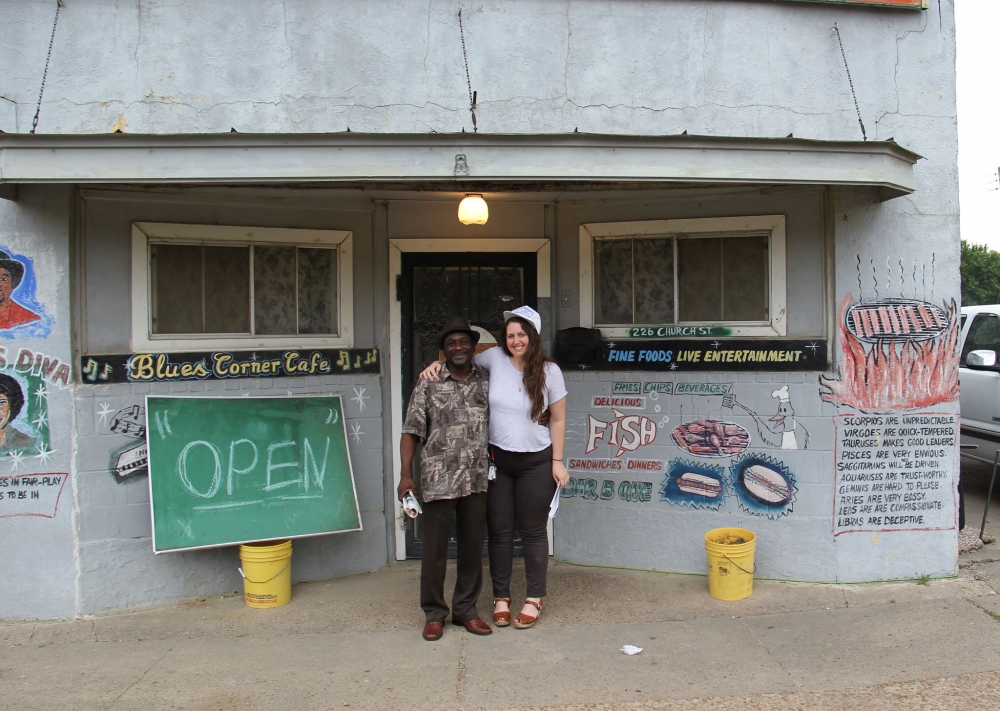As the new Director of the Folk and Traditional Arts program here at the Mississippi Arts Commission, I thought I’d pen a brief letter as I intercept the position, and with it, a deep history of important work documenting and supporting cultural creativity here in the South.

I come to Mississippi from a handful of different places and posts, but most recently from Nashville, Tennessee. Having studied public-sector folklore in college (Indiana) and graduate school (W. Kentucky), and working with arts-based organizations and museums in Washington, D.C., Indiana, Kentucky, Tennessee, and Alabama, I’ve been fortunate to learn from great mentors in folklore and neighboring fields like public history, anthropology, ethnomusicology, studio art and art history, documentary studies, Southern studies, and so on. All of this has led me to understand the necessity of operating within a diverse network of folks working to support and sustain both time-honored and emergent creative traditions.
Mississippi's traditional art forms like Choctaw basketry, Hill Country blues, Delta hot tamales, a festival for Our Lady of Guadalupe in Forest, the Blessing of the Fleet in Biloxi, or even letterpress printmaking in Jackson, give us the motivation to keep learning, keep sharing, and keep creating.
Carrying these experiences with me, I hope to make the Folk and Traditional Arts program here at the MAC one which feels increasingly accessible and useful to all persons, regions, ethnicities, and at all levels of income and ability, and one which speaks to the variety of experience and identity within the state. My vision is for the program to provide meaningful support for traditional artists and their communities, to serve as a sounding board for network and capacity-building partnerships that lead to real, productive good, and to ensure that the program is responsive to communities who have been historically marginalized or underserved.
Folk arts and folklife, two challenging terms that ebb and flow just as cultures ebb and flow, are those everyday arts that may sometimes be overlooked as something worth protecting, but actually provide an extraordinary amount of meaning and perspective on what it means to be a part of a community and a place—however they may be defined. Mississippi's traditional art forms like Choctaw basketry, Hill Country blues, Delta hot tamales, a festival for Our Lady of Guadalupe in Forest, the Blessing of the Fleet in Biloxi, or even letterpress printmaking in Jackson, give us the motivation to keep learning, keep sharing, and keep creating.
Your feedback will be a great resource in focusing the program's direction in years to come.
Looking ahead to the future of the program has also caused me to look back at the impressive work of my predecessors, who’ve been resources to myself and to the public from the beginning:
- Mary Margaret White, Director from 2008-2014, who did great advocacy work toward sustaining the vernacular art environments of Rev. H.D. Dennis and L.V. Hull, carried the Mississippi Blues Trail Curriculum to publication, and brought Mississippi Folklife back from its slumber. Mary Margaret now manages the Creative Economy bureau at the Mississippi Development Authority.
- Larry Morrisey, Director from 1998-2008, and current Deputy Director at the MAC, who facilitated several regional folklife surveys, leading to the development of the Mississippi Folklife and Folk Artist Directory, coordinated professional development workshops for festival coordinators and cultural workers, and developed great arts programming on the radio with Mississippi Public Broadcasting.
- Deborah Boykin, Director from 1990-1997, who served as the MAC's first long-term folk arts coordinator. Deb helped to grow folk arts granting opportunities, provided consultation for festivals and community organizations, and wrote well and often about folklife in Mississippi. She now manages the Community Arts program in her home state at the Alabama State Council on the Arts.
- And, of course, the handful of contract-based folklorists who helped lay the foundation for the state program, starting in the early 1980s—Tom Rankin, Cheri Wolfe, and Paula Tadlock, among others.
As a newcomer to Mississippi, I have a lot of listening to do. Fortunately, I believe every person has some way of connecting with folk and traditional arts because they speak so clearly to one’s own community, place, and culture. I greatly look forward to learning about your own creative traditions, and finding ways to work together to help sustain and share them.

With all this in mind, I hope you’ll consider sharing your ideas and perspective on the future of the MAC’s Folk and Traditional Arts program by taking this brief survey. Your feedback will be a great resource in focusing the program's direction in years to come.
Finally, we'll be getting into the groove of regular updates on Mississippi Folklife, with new multimedia-based articles from cultural workers throughout the state, dispatches on folklife-related programs and events, and a look back at some of the great writing from the Mississippi Folklife print publication. We'll even be sharing some photos and audio from the MAC’s small-but-rich Folklife Archives.
Till then,
Jennifer Joy Jameson

